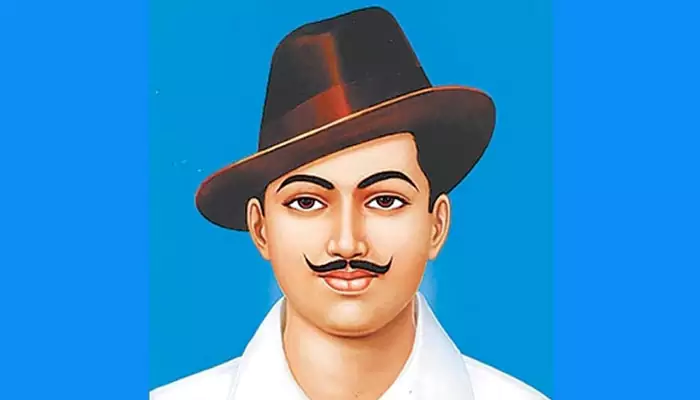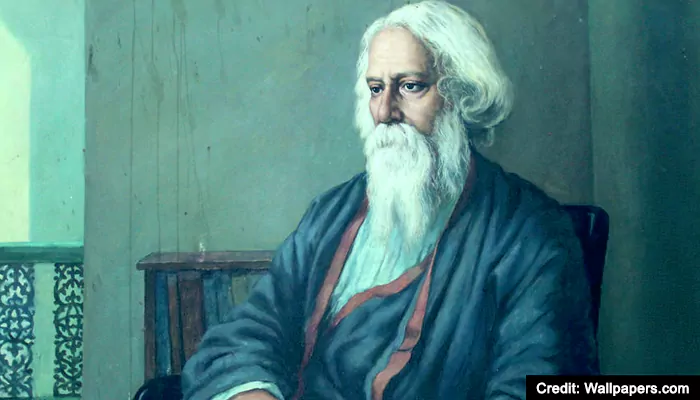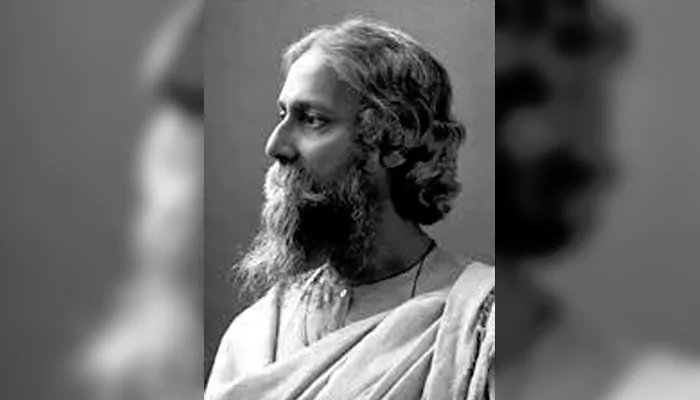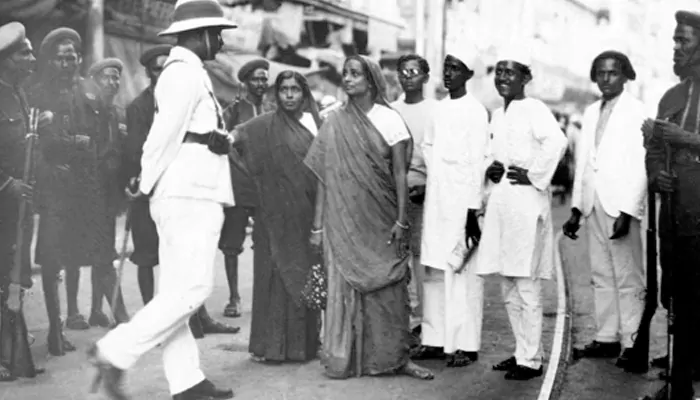September 6: Birth Anniversary of John Dalton: The colour blind Researcher whose Atomic theory revolutionized Science

John Dalton, an English chemist, physicist, and meteorologist, is the most celebrated researcher for introducing the atomic theory.
There is a saying that a born scientist cannot be stopped whatever be the obstacles. That aptly describes John Dalton who was colour blind in his earlier life. Today, 6th September is the birth anniversary of this great mind. Let's dive into the details of his life and contribution in science.
Early life and education:
John Dalton was born on 6th September in 1766 in a poor weaver family in the north of England. Father taught him to how to read and gave preliminary knowledge in Mathematics. Due to amazing skills in mathematics, he got a chance to teach others at the age of 12 in the Eaglesfield school. He taught in Kendall for 12 years. During this timespan, he learned Latin, advanced mathematics, and physics. Since 1787, he started working on meteorological science, which he continued to do for his rest of the life. He published a book entitled "Meteorological observations and researches" in 1793 noting the rigorous observations of 5 years in meteorology. Dalton was highly influenced by his two mentors named Elihu Robinson, a wealthy intellectual man with an interest in mathematics and science; and John Gough, a blind classics scholar as well as natural and experimental philosopher. Both of them inspired him to take an avid interest in meteorological science. It was tough for Dalton to get a chance in any British universities as he was a Quaker, however, influential Gough helped him to get a place of a tutor at Manchester College.Work on colour blindness:
He along with his brother suffered from colour blindness. Eventually, he started his research on perception of colour after realising his way of viewing colour is completely different from others. Based on the research, he nearly concluded that this health disorder is hereditary. His paper on colour blindness entitled "Extraordinary facts relating to the vision of colours" was the first time this health condition had been officially recorded. This subject (human optics) eventually became popular as Daltonism.Scientific contribution:
Extensive research on Meteorological science made Dalton believe that all matter is composed of fundamental particles, now known as 'atoms'.His biggest contribution to science is establishing atomic theory which stated that "chemical reactions consisted of atoms being combined, separated or rearranged to form different chemical compounds."
He "measured the capacity of the air to absorb water vapour and the variation of its partial pressure with temperature," as mentioned in Royal society Archive.
Moreover, he defined "partial pressure in terms of a physical law whereby every constituent in a mixture of gases exerted the same pressure it would have if it had been the only gas present."
This notion described why each gas in a mixture always behave independently.
In 1766, John Dalton FRS was born. His work in physics, chemistry and meteorology revolutionised British science, which is especially impressive because he was barred from most British universities for his religious beliefs. #OnThisDay pic.twitter.com/LPHNZkD3Yy
— The Royal Society (@royalsociety) September 6, 2019
Trivia:
In 1822, Dalton was chosen as a member of the Royal Society. During, 1834- 1837, he taught Math and Physics to John Joule and his brother (both became famous physician later).On 26 October 2016, the Royal Society of Chemistry awarded a blue plaque in his memory to the Ape and Apple pub, on John Dalton Street, located in central Manchester.
One of his contemporaries, John Frederic Daniell, a British scientist, hailed Dalton as the "father of meteorology."
In a memoir read to the Manchester Literary and Philosophical Society on October 21, 1803, he claimed: "An inquiry into the relative weights of the ultimate particles of bodies is a subject, as far as I know, entirely new; I have lately been prosecuting this inquiry with remarkable success."
In 1837, Dalton suffered first myocardial infarction which made him partially paralyzed. On 27th July, he passed away from the second myocardial infarction in Manchester.
Dalton's election citation in Royal Society of London stated that his "talents, acquirements and exertions are well known to his fellow labourers in the cause of Science".












